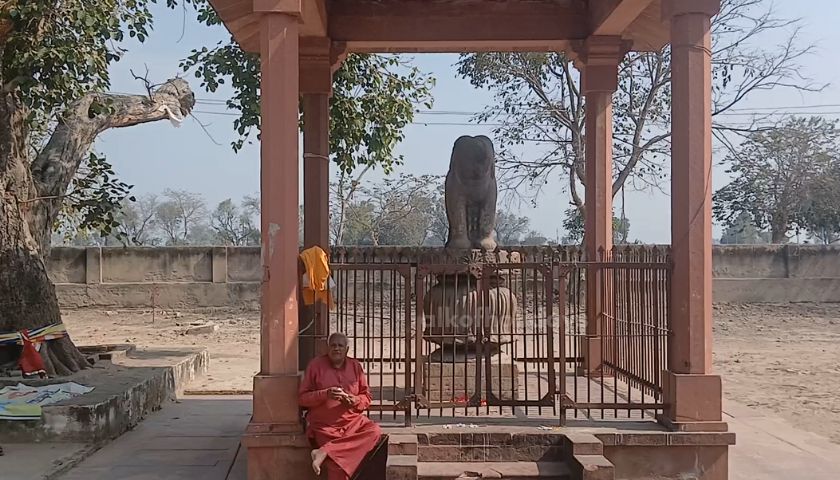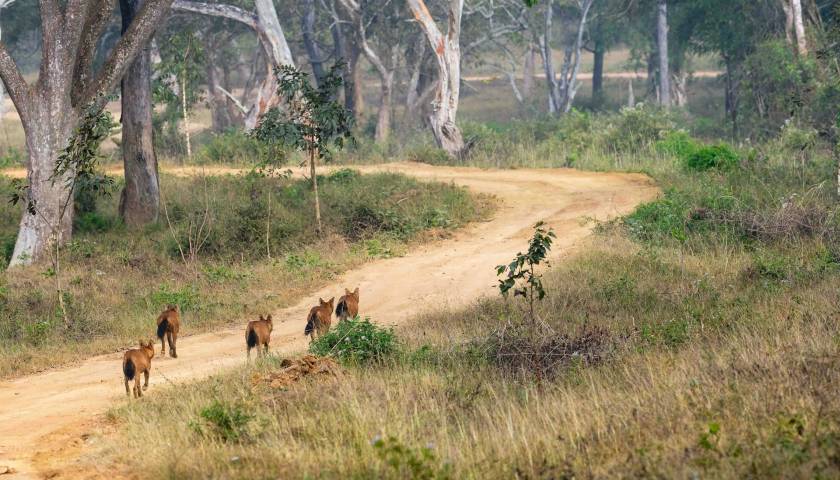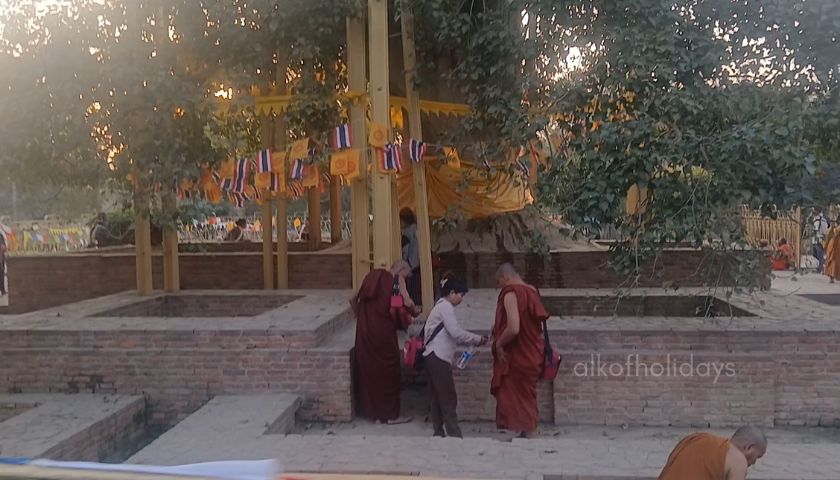Buddhism began more than 2,500 years ago with the insights of Siddhartha Gautama — the Buddha — who, after a period of intense meditation and reflection, taught a practical path for understanding and ending suffering. At its heart are the Four Noble Truths (which diagnose suffering and offer a path out) and the Noble Eightfold Path (a guide to ethical living, mental training, and wisdom). From these core teachings grew a rich tradition of meditation, monastic discipline, ethical reflection, and philosophical inquiry that has appealed to seekers across cultures and centuries.
Over time Buddhism spread from its Indian birthplace across Asia, adapting to new languages, cultures, and ideas; that historical evolution produced the distinct schools we study today. While the practices and emphases vary — some prioritizing scriptural study, others ritual and visualization, still others meditation and ethical discipline — all share the Buddha’s central concern: reducing suffering and cultivating compassion and insight. In the modern world Buddhism remains both a living religious tradition and a source of psychological and ethical ideas that resonate with millions.
In this article, we will explore the three great traditions of Buddhism practiced around the world — Theravāda, Mahāyāna, and Vajrayāna — each with its own path to wisdom and compassion.
1. Theravāda Buddhism – The Teaching of the Elders
Theravāda, often referred to as the “Teaching of the Elders,” is the oldest surviving school of Buddhism, rooted directly in the earliest teachings of the Buddha. It preserves the Pāli Canon (Tipiṭaka) as its core scripture and emphasizes strict monastic discipline, meditation, and the pursuit of personal enlightenment (nirvāṇa). Predominantly practiced in Sri Lanka, Myanmar, Thailand, Laos, and Cambodia, Theravāda focuses on the path of the Arhat — one who attains liberation through individual effort. While often seen as more conservative, its simplicity and emphasis on meditation have made it appealing to modern spiritual seekers worldwide.
Key Points about Theravāda Buddhism:
- 📜 Scriptures: Based on the Pāli Canon, considered the earliest complete collection of the Buddha’s teachings.
- 🙏 Goal: Attainment of nirvāṇa through personal effort, focusing on the Arhat ideal.
- 🧘 Practice: Strong emphasis on meditation, especially Vipassanā (insight meditation).
- 🏯 Community: Monastic life (Sangha) plays a central role, supported by lay followers.
- 🌍 Regions: Mainly practiced in South and Southeast Asia (Sri Lanka, Thailand, Myanmar, Laos, Cambodia).
2. Mahāyāna Buddhism – The Great Vehicle
Emerging around the 1st century BCE in India, Mahāyāna Buddhism introduced a broader, more inclusive path, often called the “Great Vehicle.” Unlike Theravāda’s emphasis on personal liberation, Mahāyāna places the Bodhisattva ideal at its core — the aspiration to achieve enlightenment not just for oneself, but for the benefit of all beings. This school developed a vast body of philosophical thought, scriptures, and practices, and spread widely to China, Korea, Japan, Vietnam, and Nepal, evolving into traditions such as Zen, Pure Land, and Nichiren Buddhism. Mahāyāna emphasizes compassion (karuṇā), wisdom (prajñā), and the belief in countless Buddhas and Bodhisattvas who assist practitioners on their path.
Key Points about Mahāyāna Buddhism:
- 📜 Scriptures: Includes the Mahāyāna Sūtras, such as the Lotus Sūtra and Heart Sūtra, in addition to earlier teachings.
- 🙏 Goal: Enlightenment for the sake of all beings, following the Bodhisattva path.
- 🧘 Practice: Diverse methods — meditation, chanting, devotion, philosophical study.
- 🌟 Beliefs: Emphasis on emptiness (śūnyatā), compassion, and the existence of many Buddhas and Bodhisattvas.
- 🌍 Regions: Predominantly practiced in East Asia (China, Japan, Korea, Vietnam, Nepal).
3. Vajrayāna Buddhism – The Diamond Vehicle
Vajrayāna, also known as Tantric or Esoteric Buddhism, developed around the 7th–8th century CE in India as an extension of Mahāyāna teachings. It later flourished in Tibet, Bhutan, and Mongolia, becoming the foundation of Tibetan Buddhism. Vajrayāna emphasizes a fast-track path to enlightenment through advanced meditative techniques, rituals, and symbolic practices such as mantra chanting, mandalas, mudras, and visualizations of deities. Great masters like Padmasambhava played a crucial role in spreading these teachings to Tibet, where they blended with local traditions. Vajrayāna is unique in its use of esoteric methods that are believed to transform ordinary experiences into wisdom and compassion.
Key Points about Vajrayāna Buddhism:
- 📜 Scriptures: Builds on Mahāyāna texts, with additional Tantras containing ritual and esoteric practices.
- 🙏 Goal: Rapid attainment of enlightenment, often within a single lifetime.
- 🧘 Practice: Use of mantras, mudras, mandalas, deity yoga (visualization practices), and advanced meditation.
- 🌟 Beliefs: Strong role of teachers (lamas), with the Dalai Lama as the most recognized figure globally.
- 🌍 Regions: Mainly practiced in Tibet, Bhutan, Mongolia, and parts of Nepal and northern India.
Embarking on a journey through the rich traditions of Buddhism is not only a spiritual experience but also a chance to witness some of the most sacred sites in India and Nepal. From the serene monasteries of the Himalayas to the historic temples where the Buddha once walked, every step offers insight, peace, and connection.
Ready to experience the three great traditions of Buddhism in person? Explore our Buddhist tour packages in India, or share your interests with us through our Plan Your Trip page, and one of our travel experts from the Alkof Family will help you craft a personalized pilgrimage journey. Let your journey of wisdom and compassion begin today!









